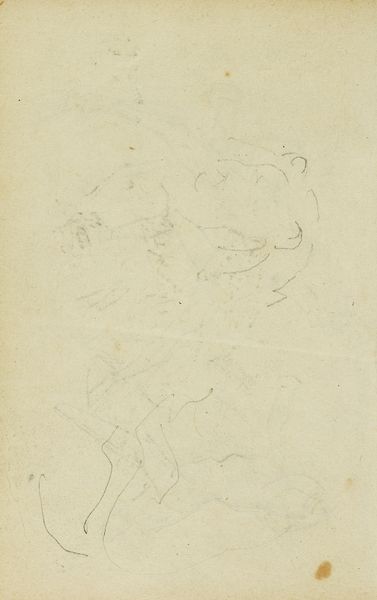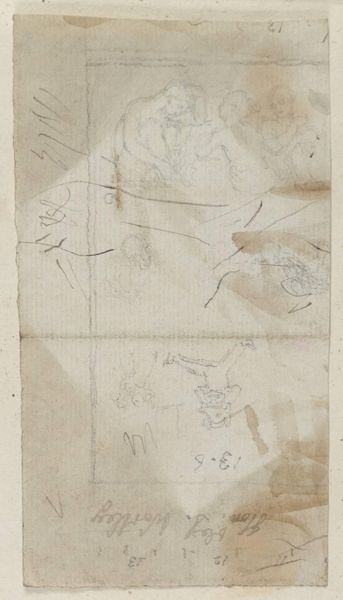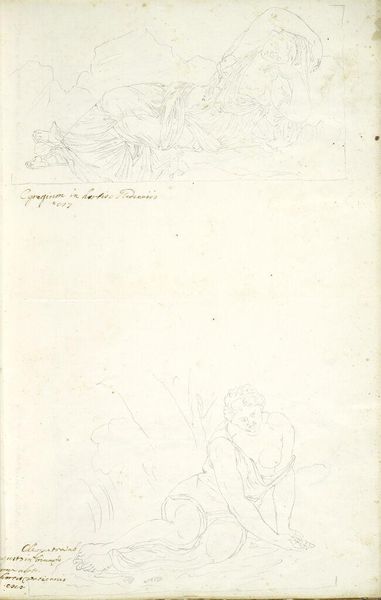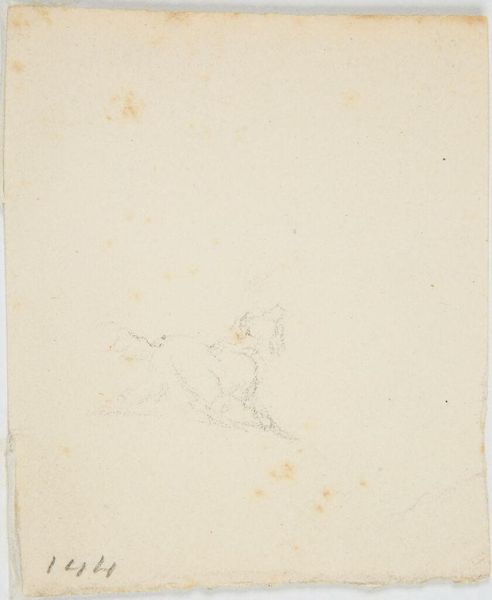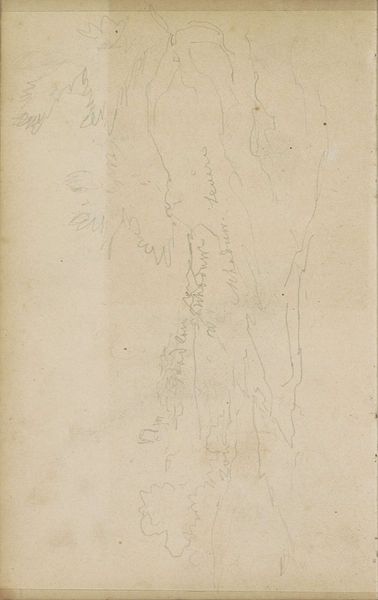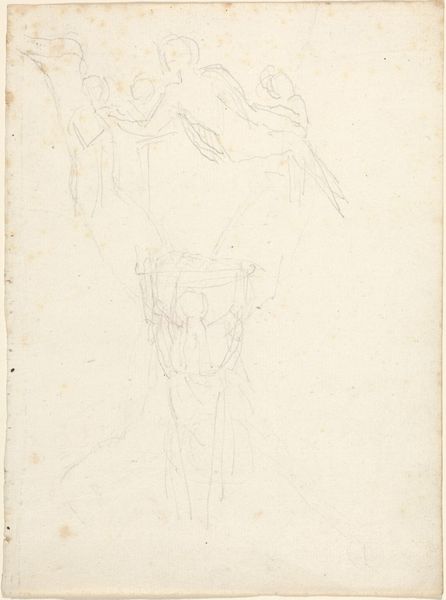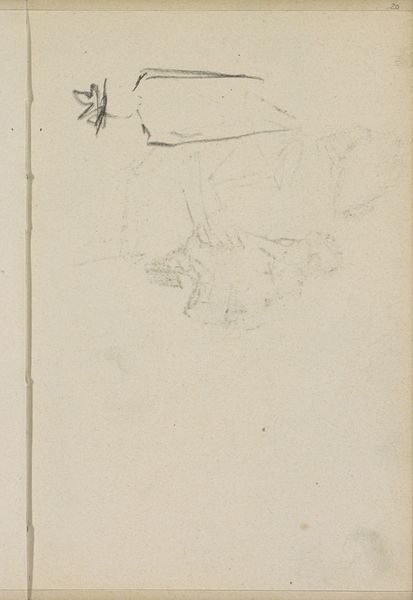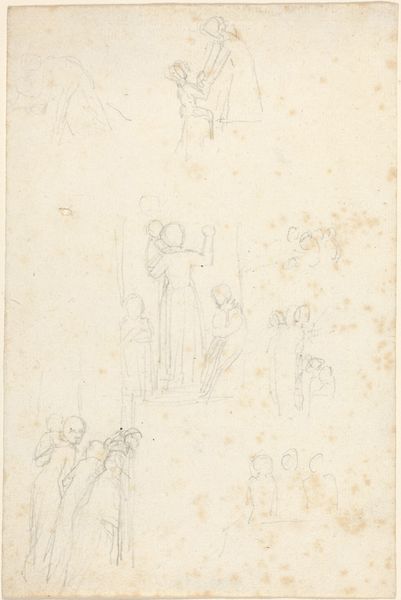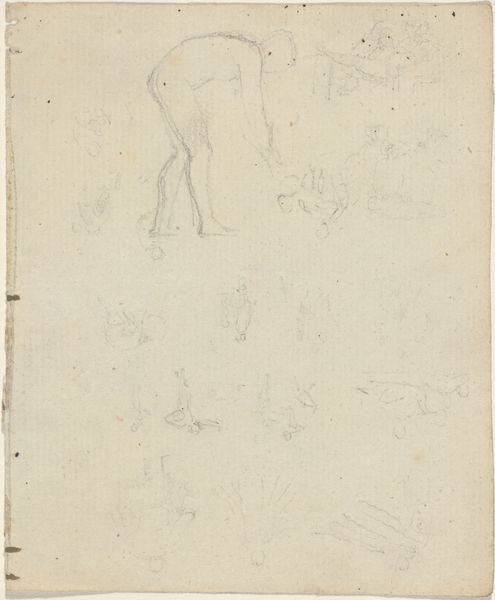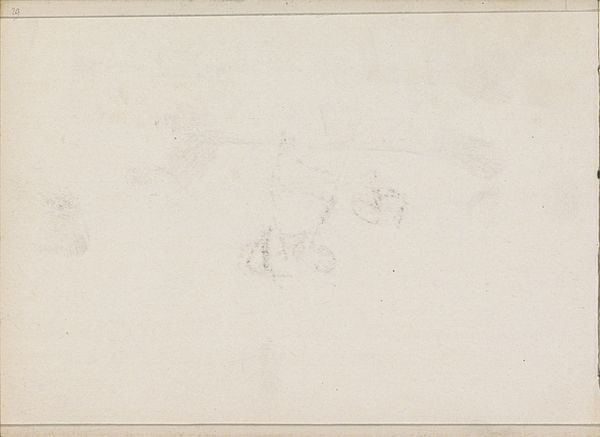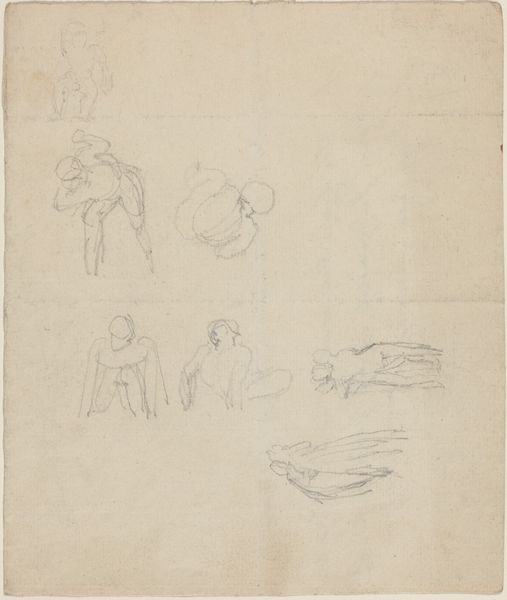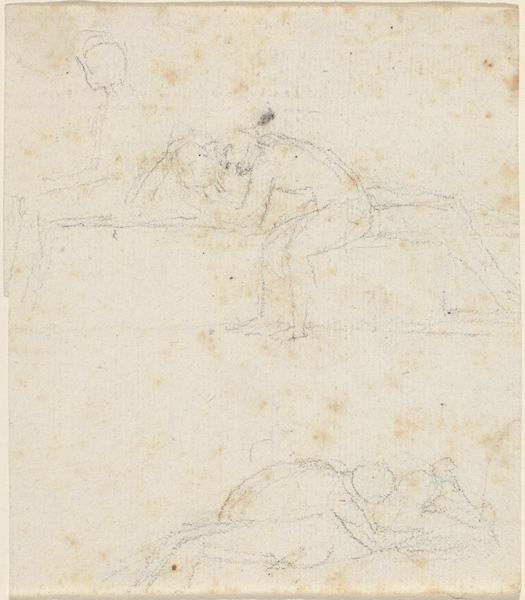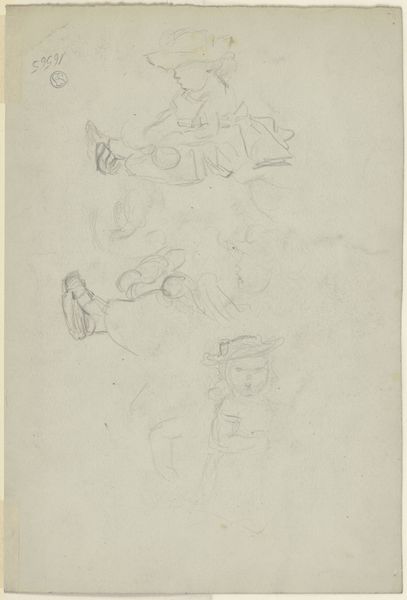
drawing, paper, pencil
#
drawing
#
etching
#
figuration
#
paper
#
pencil
#
academic-art
Dimensions: overall: 18.1 x 13 cm (7 1/8 x 5 1/8 in.)
Copyright: National Gallery of Art: CC0 1.0
Curator: Before us, we see John Flaxman's pencil drawing, "Studies of Seated and Reclining Figures," rendered on paper. Editor: Immediately, what strikes me is its ethereality; the figures seem to float on the page, barely tethered to reality through the most minimal of lines. It is ghost-like in appearance. Curator: It’s interesting you say that. Looking closely at the composition, we notice that the faintest suggestions of form carry the most impact. Flaxman uses the economy of the pencil line to create an academic study sheet—reminiscent of classical forms he deeply admired. These fleeting gestures provide the bare minimum amount of information the mind needs to imagine the figures. Editor: Academic is right. Given Flaxman’s Neoclassical context, wouldn't a classically-minded patron expect more resolved studies? Instead, the paper acts almost as a repository of passing thoughts—fleeting experiments toward realizing a fuller, academic composition. Curator: Precisely. Consider the power dynamics embedded in that question, though: Who is able to define "resolved?" Perhaps this intimate peek into Flaxman’s process is where its enduring value lies? And we might ask ourselves what exactly does ‘finish’ or ‘resolution’ mean within drawing. Do all studies lead to or demand some more 'complete' manifestation, a sculptural form for example? Or can this 'preparatory sketch' exist in and for itself? Editor: You make an excellent point. It allows a view of the creative process usually obscured by the final, public-facing artwork. It democratizes access to creativity, demystifying it by demonstrating art's capacity for ambiguity. In this vein, I think it provides both access to creative ideas, as well as insight into a time period. How an artist during this time considered line and its many applications. Curator: Absolutely, it offers a captivating interplay of form, negative space, and potentiality, highlighting the value of these unseen exercises for the art world. Editor: Agreed, it humanizes artistic creation. And reveals the human element of what goes into art in general.
Comments
No comments
Be the first to comment and join the conversation on the ultimate creative platform.
